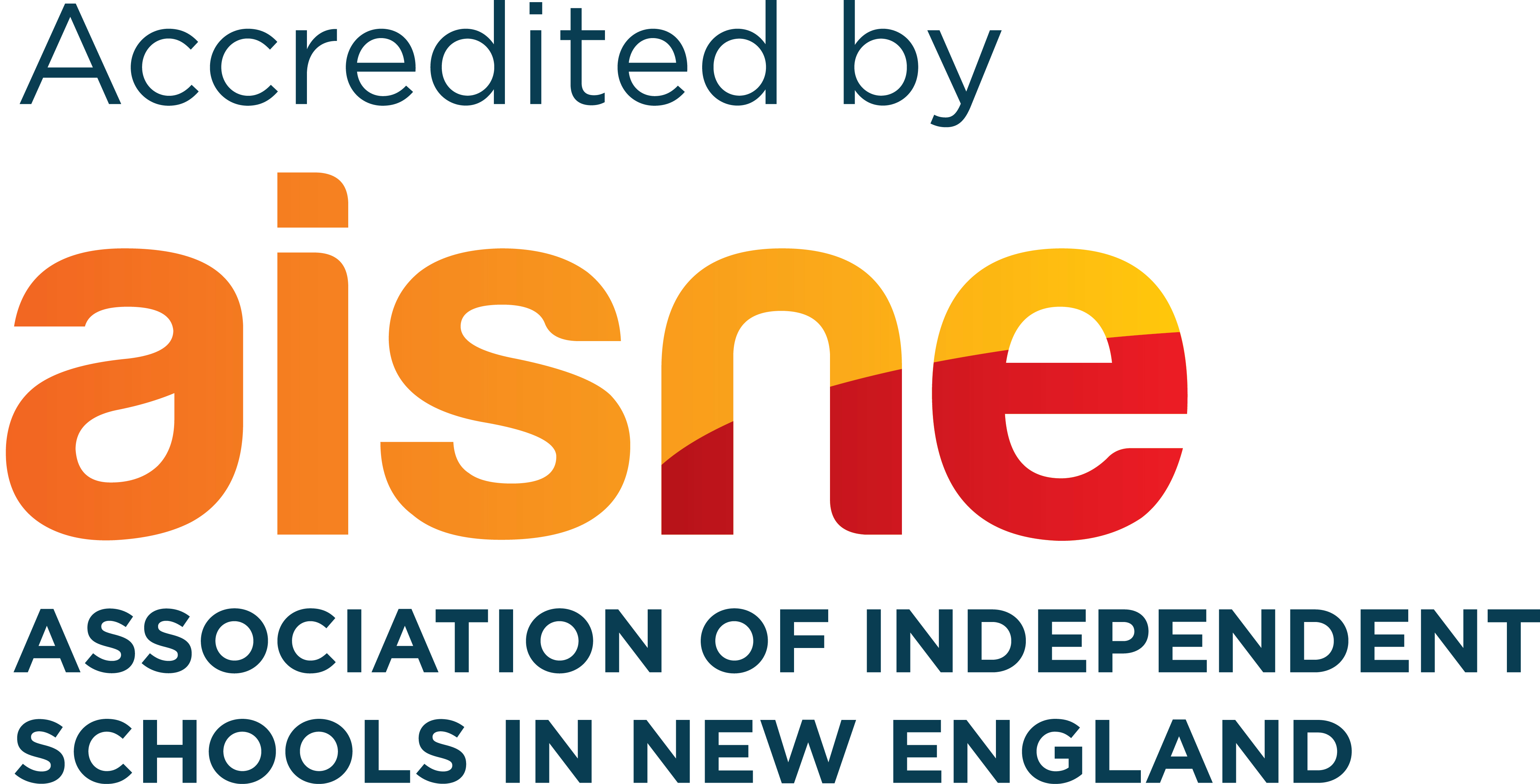The Center School
RIGOROUS EDUCATION FOR DEEP THINKERS AND CREATIVE SPIRITS. PRESCHOOL-8TH GRADE. EST. 1981
Students Speak
At lunchtime, a group of fifth- and sixth-graders talked about what they think about the school.
“It’s kind of hippie-ish, but it’s a good school though,” said Owen Watrous, 12, of Turners Falls, who has gone here since kindergarten. His favorite subject is math, he said.
Henry Weis of Montague, 11, has only been at the school for a year, but likes it better than the public school he last attended in Amherst. “Everybody’s real social. We have a lot of free time,” he said.
Other students said they like the relative freedom they have at the school, compared to other schools they’ve attended. “You can do what you want,” said Camile Akey of Petersham, a sixth grader. Svyeta Reish of Sunderland displayed a hand-dyed, hand-embroidered shirt she worked on while reading a book called “Gathering Blue,” in which the heroine embroiders a quilt.
“This group goes on a lot of sleepover trips,” noted Tes Fortin of Shelburne. She said field trips are planned to Cape Cod and that one group is going to the Dominican Republic.
Center School graduate Misha Krushnic (1988), who now goes by the name Misha Collins, has gone on to become a successful film and television actor, landing roles in “Liberty Heights,” “Girl Interrupted,” “ER,” “Monk,” and “NYPD Blue,” among others.
Jesse Porter-Henry, a 1995 graduate, works for Rustic Pathways, which runs community-service oriented camps for teens around the world. Abby May, from the class of 1993, is graduating from Harvard Medical School this year.
In it together
The school year begins with a week of conferences, in which students create their own goals, then set class rules that will help everyone achieve theirs. “We talk about how do we create a community where everybody is reaching their goals, and how do we do it together,” Baker said.
The Responsive Classroom approach was developed when the Northeast Foundation for Children and the Center School were part of the same organization, and it’s now a model used by many local public schools.
Baker said the school is mission-driven, to integrate “high quality academics with ethical decision-making, to develop the skills and convictions for creating just communities.”
For instance, this week, the school held a “Sister School Festival” to raise money for a hurricane-damaged school in New Orleans, through “The People’s Hurricane Relief Fund.”
Student drawings about the tragedy of Sept. 11 were made into note cards, which the school has sold to benefit a group of Cambodian refugees that had been helped by Flight 11 pilot John Ogonowski. Before his death on 9/11, Ogonowski had donated land to the Cambodian immigrants and had helped them learn how to farm it so they could survive in New England.
Another way in which the school is unusual is that, instead of grades, students get evaluations and checklists from their teachers. “Kids do reflections,” said Baker. “I think it causes them to be very self-critical, analytical and reflective. It means we have to be clear about what we expect and are assessing for,” she said.
They have mixed-grade classes and they bring lunches from home, because there is no cafeteria. However, since lunch time is an important opportunity to develop social skills, no one eats alone.

GCS alumna Santina King ’04, plays and sings for the crowd at the 25th Anniversary Celebrations held May 13, 2006
“There’s this whole ‘lunch-invite’ process,” explained Josh Traeger, one of the Grade 5/6 teachers. “If you’re invited, you always accept, even if it’s not your best friend. Lunch can be a vulnerable time,” said Traeger.
Teachers will sometimes pick a theme that forms the basis for lunch partners. “Sometimes it’s boy-girl,or sometimes it’s a fifth-grader and a sixth-grader,” he said.
The school day begins about 8 a.m. and ends around 3:30. There is an after-school program of activities that run until about 6 p.m.
There are usually 16 to 22 students in a classroom, with two teachers per room. The tuition for the private school is $8,660 per year, but financial aid is available for families with incomes of less than $57,000 per year.
GCS student chorus entertains the crowd at the 25th Anniversary Celebrations held May 13, 2006 – photos: Donna Elwell
Art is taught, “both as a skill and as a way of showing knowledge,” according to Baker. “When you can translate knowledge into a different medium, you own it.”
Although they don’t get grades and don’t take MCAS tests, the students do well when they leave after eighth-grade and move on to high school, Baker stressed.
“We do our own standardized tests in the fourth grade. When they leave the eighth grade, they take SSATs (Secondary School Aptitude Tests) and go into high schools. About 60 percent go on to independent schools and the rest go to public school options, including charter schools in the area,” Baker said.
“They do very well when they leave here,” she said. “Our kids know how to learn, they know how to ask questions and how to engage with adults. They know how to write. So they do well. They’re good, reflective, hard-working, skilled kids who also know what it means to be a good person in the world.”
When asked about the school’s goals for the next 25 years, Baker said she’d like to see the school develop an endowment, to help sustain the financial assistance given to students. She’d also like for the school to be Spanish-speaking. “That’s a goal that ties closely into our social focus, because language is something that separates people,” she said.
“My vision is that, in the next 25 years, we will continue to change and adapt to our changing environment, and still be thoughtful working with children,” continued Baker. “And that our students are working toward making the world a better place — that that stays constant.”



